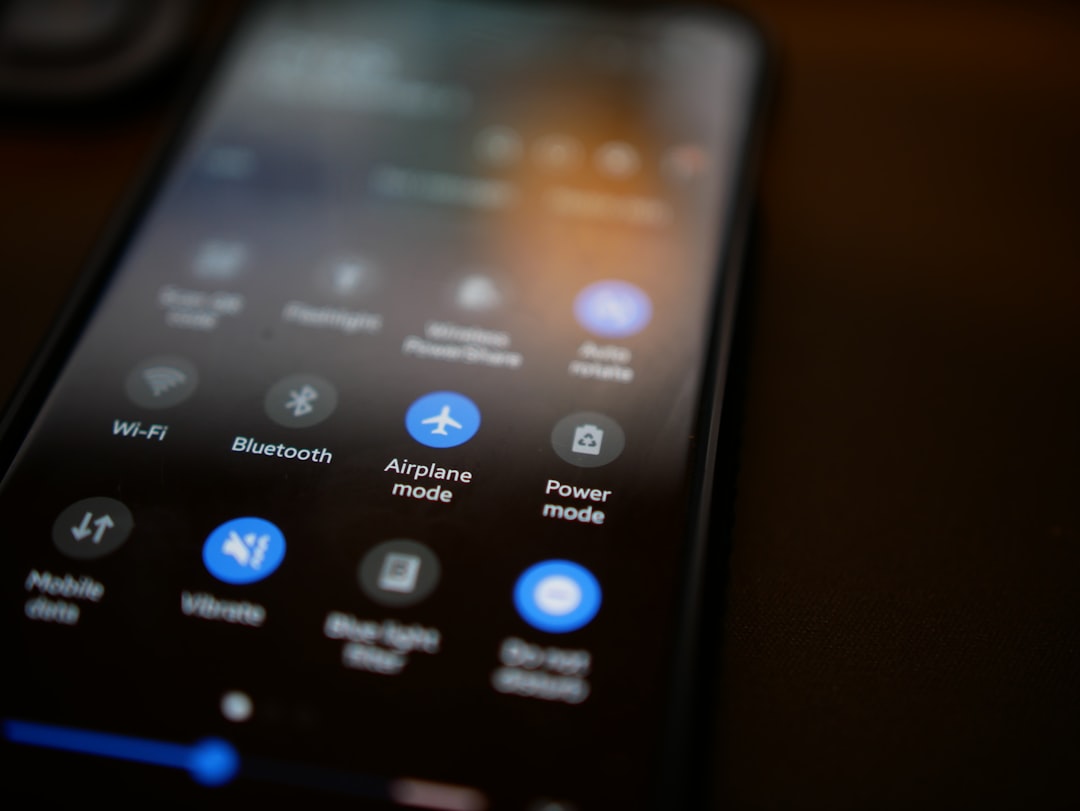
Secure Remote Access Solutions via Bluetooth Scripting and Load Balancing
In an era where remote work is becoming the norm, the demand for secure remote access solutions has skyrocketed. One innovative approach to achieving this is through Bluetooth scripting combined with load balancing techniques. This article delves into how these technologies work together to provide robust security and accessibility for remote users.
Understanding Secure Remote Access Solutions
Secure remote access solutions allow users to connect to a network or system from a distance, ensuring that sensitive data remains protected. With the right tools, organizations can shield their networks from unauthorized access while enabling their teams to work efficiently from any location.
The Role of Bluetooth Scripting
Bluetooth technology offers a convenient method for establishing secure connections between devices. Bluetooth scripting can automate tasks and streamline the connection process. By using scripts, organizations can enhance their remote access protocols, ensuring that only authorized devices connect to their networks.
Key Benefits of Bluetooth Scripting
-
Automation: Scripting eliminates the need for manual configuration, reducing human error and improving efficiency.
-
Security: Advanced Bluetooth security features, such as pairing and encryption, help protect data during transmission.
-
Flexibility: Bluetooth scripting can be tailored to meet specific organizational needs, allowing for custom protocols that suit various use cases.
Example of Bluetooth Scripting
Consider a scenario where a company wants to allow employees remote access to their internal systems via a secure Bluetooth connection. A simple script might look like this:
#!/bin/bash
# Bluetooth connection script
# Check for paired devices
if [ "$(bluetoothctl paired-devices | grep -c 'DEVICE_MAC_ADDRESS')" -eq 1 ]; then
echo "Device is paired. Establishing connection..."
# Connect to the device
bluetoothctl connect DEVICE_MAC_ADDRESS
else
echo "Device is not paired. Please pair the device first."
fiThis script checks if a device is paired and connects it securely, showcasing how Bluetooth scripting can facilitate secure access.
Load Balancing for Enhanced Performance
Load balancing plays a crucial role in optimizing network performance, especially when multiple users are accessing resources remotely. By distributing incoming traffic across multiple servers or connections, load balancing ensures that no single resource is overwhelmed, maintaining system stability and speed.
Benefits of Load Balancing in Remote Access
-
Improved Reliability: In case one server fails, load balancers can redirect traffic to operational servers, ensuring continuous access.
-
Scalability: As more users connect remotely, load balancing can adapt by adding more resources without compromising performance.
-
User Experience: By minimizing latency and maximizing response times, load balancing enhances the overall user experience for remote workers.
Integrating Bluetooth Scripting with Load Balancing
Combining Bluetooth scripting with load balancing creates a powerful framework for secure remote access. For example, organizations can set up a load balancer to manage multiple Bluetooth connections, automatically redirecting users to the least congested server. This integration not only improves accessibility but also strengthens security by ensuring that sensitive data is handled efficiently.
Case Study: A Healthcare Application
A healthcare provider implemented a secure remote access solution using Bluetooth scripting and load balancing. By allowing doctors to access patient records securely from mobile devices via Bluetooth, the provider ensured compliance with health regulations. The load balancer managed multiple access points, allowing medical staff to connect seamlessly, improving patient care efficiency.
Current Developments and Emerging Trends
The landscape of secure remote access solutions is constantly evolving. Emerging trends include:
-
AI and Machine Learning: These technologies are being integrated to enhance security protocols, predicting and mitigating potential threats in real-time.
-
Zero Trust Security Models: Companies are adopting zero trust principles, ensuring that every connection is verified, regardless of its origin.
-
Increased Use of IoT Devices: As IoT devices proliferate, secure remote access solutions must adapt, ensuring that every connected device is protected.
Conclusion
Secure remote access solutions via Bluetooth scripting and load balancing are becoming indispensable in today’s digital landscape. By leveraging these technologies, organizations can ensure that their remote workforce remains secure and efficient.
For those looking to delve deeper into these technologies, resources like Bluetooth Scripting Documentation and Load Balancing Techniques offer valuable insights.
Embrace the future of secure remote access and share this article with peers interested in enhancing their organizational security. Consider subscribing to technology newsletters for the latest updates and trends in the field!


